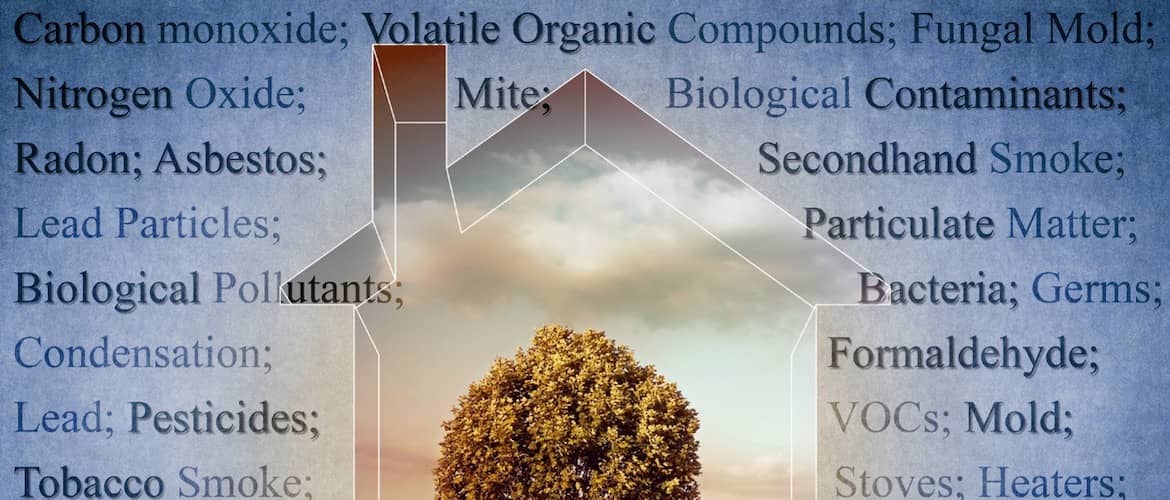
On average, Americans spend 90% of their time indoors. One of the dangers of spending so much time inside is that levels of harmful pollutants can be as much as five times higher when compared to typical outdoor concentrations.
One group of pollutants that are commonly found in homes are volatile organic compounds, or VOCs.
Below, we discuss these harmful pollutants and take a look at some key facts about volatile organic compounds.
What Are Volatile Organic Compounds?
Volatile organic compounds are a group of chemicals found in many household products. These chemicals release particles into the air in our homes, a process also known as off-gassing.
Many products that emit VOCs are solids or liquids that release gasses into your home over time. These products have a high vapor pressure at room temperature, which means that they will readily off-gas.
The off-gassing of some VOCs is intentional such as in perfumes, but with many products, VOCs are an unwanted byproduct.
What Are the Effects of Volatile Organic Compounds?
The risks of volatile organic compounds in your home depend on the types of VOCs and the levels of concentration.
However, exposure to some VOCs can have significant side effects, both in the short and long term.
Short-Term Effects
If you’ve ever found yourself with a headache after a session of painting, this is likely due to VOCs from the paint.
Other symptoms that can be caused by VOCs include:
- Nausea
- Coughing
- Difficulty Breathing
- Sore Eyes
- Asthma Attacks
- General Fatigue
Long-Term Effects
There are also potential long-term effects if you are continually exposed to VOCs.
These include:
- Breathing Problems
- Persistent Headaches
- Nausea and Dizziness
- Damage to Liver or Kidneys
Sources of Volatile Organic Compounds in the Home
Since the effects of VOCs can be serious, it’s important to know any potential sources of VOCs in your home.
Paint is one of the most common sources of VOCs. Paints are intended to stay liquid during application, but dry quickly. This process often emits high levels of VOCs. Wood preservatives such as stains and lacquers are also common sources of VOCs.
Other sources include:
- Household disinfectants
- Aerosol sprays
- Air fresheners
- Glues and adhesives
- Floorings such as vinyl and carpet
- Furniture
- Tobacco smoke
You might be surprised at the levels of pollutants in your home.
How to Reduce Exposure to Volatile Organic Compounds
The good news is that there are ways to reduce your exposure to VOCs.
One of the simplest is to increase ventilation in your home. Regularly opening doors and windows and turning on fans allows you to replace the air in your home with fresh air, which can significantly reduce levels of VOCs.
You can also opt to use products that are designed with low levels of VOCs. Low-VOC paints, stains, and varnishes emit far fewer VOCs into your home. Check the labels of products before you buy to ensure you’re not opting for a product with high VOCs. If you do need to buy high VOC products, buy smaller sizes so that you won’t need to store any remainder of these products in your home.
A smoke-free home is also a good way to reduce VOC levels.
Are You Concerned About Volatile Organic Compounds in Your Home?
If you’re concerned about the levels of volatile organic compounds in your home, then D’Pure is here to help.
We offer an indoor air sampling service that can help you to learn what’s in the air that you’re breathing in your home. The results include information on fungal spores, dander, pollen count, and more.
Contact us today to make an appointment.

